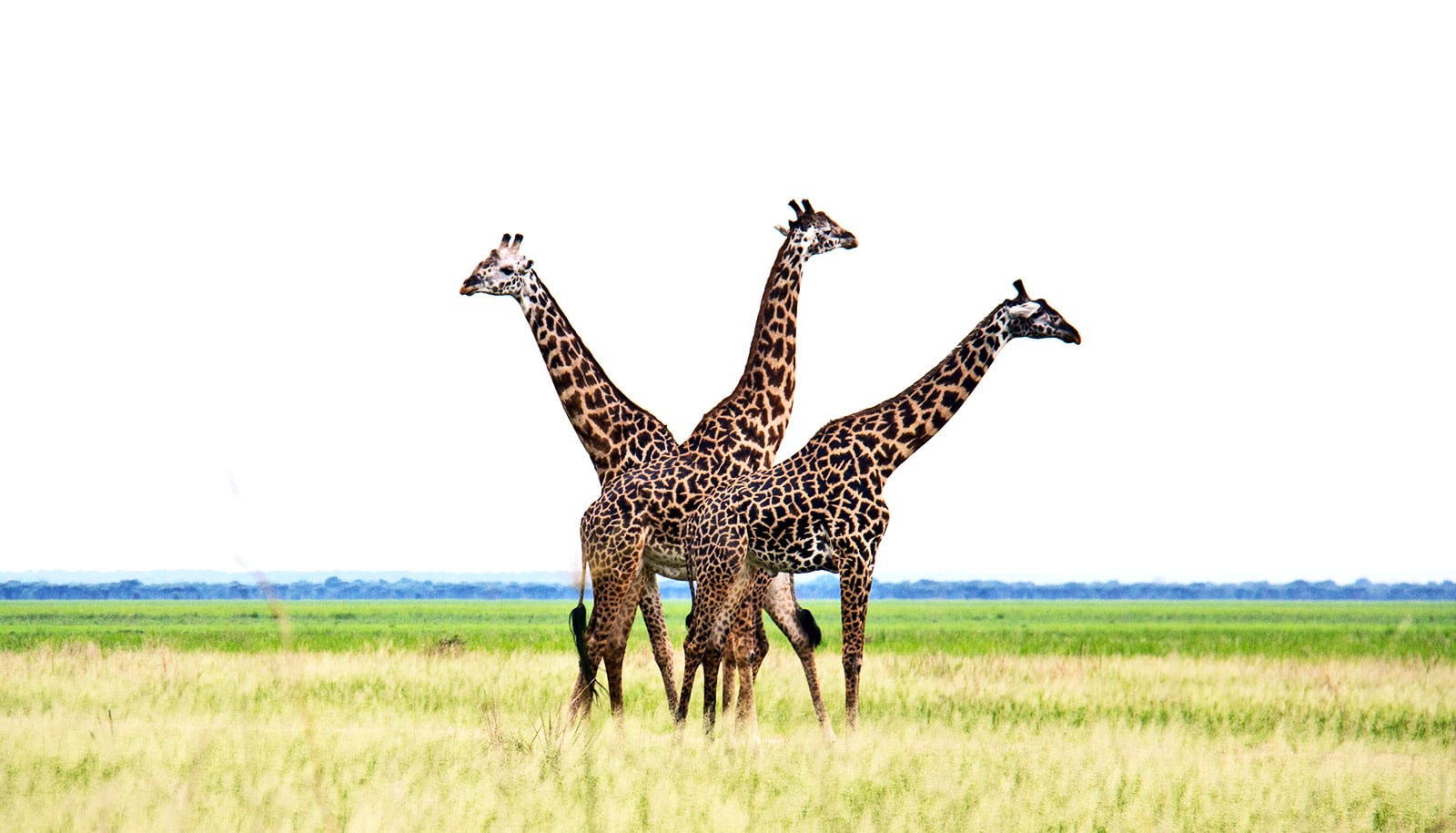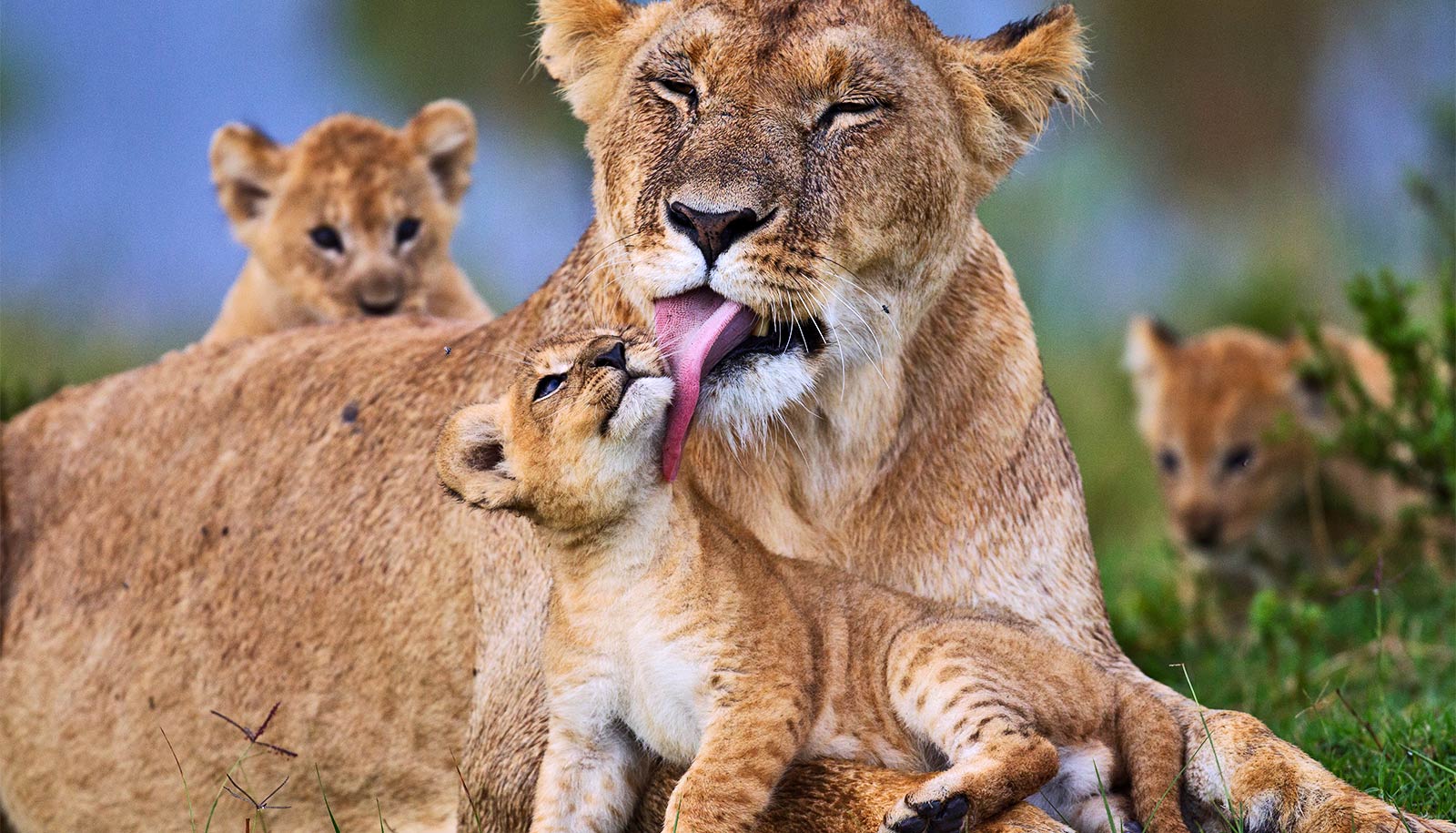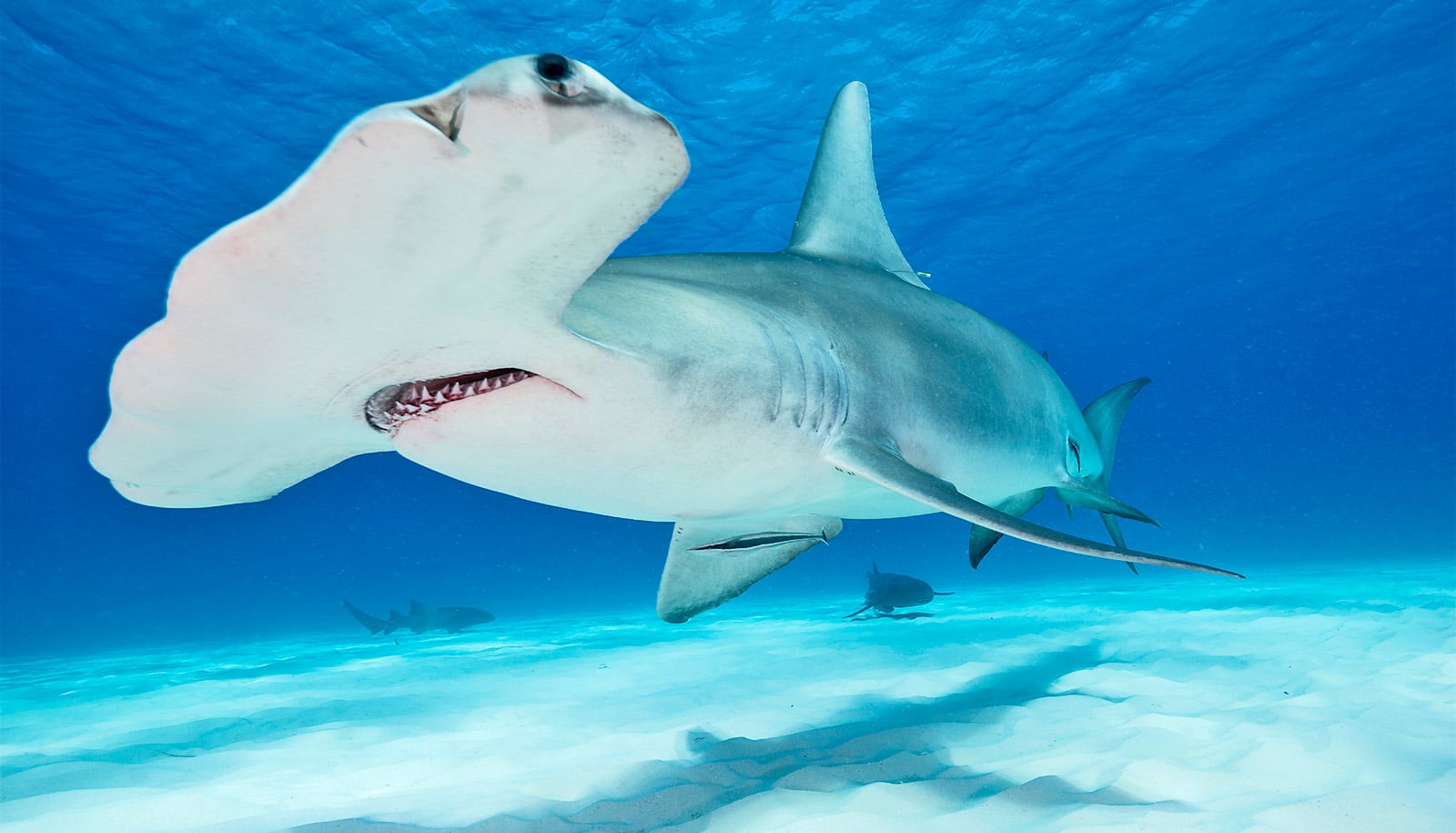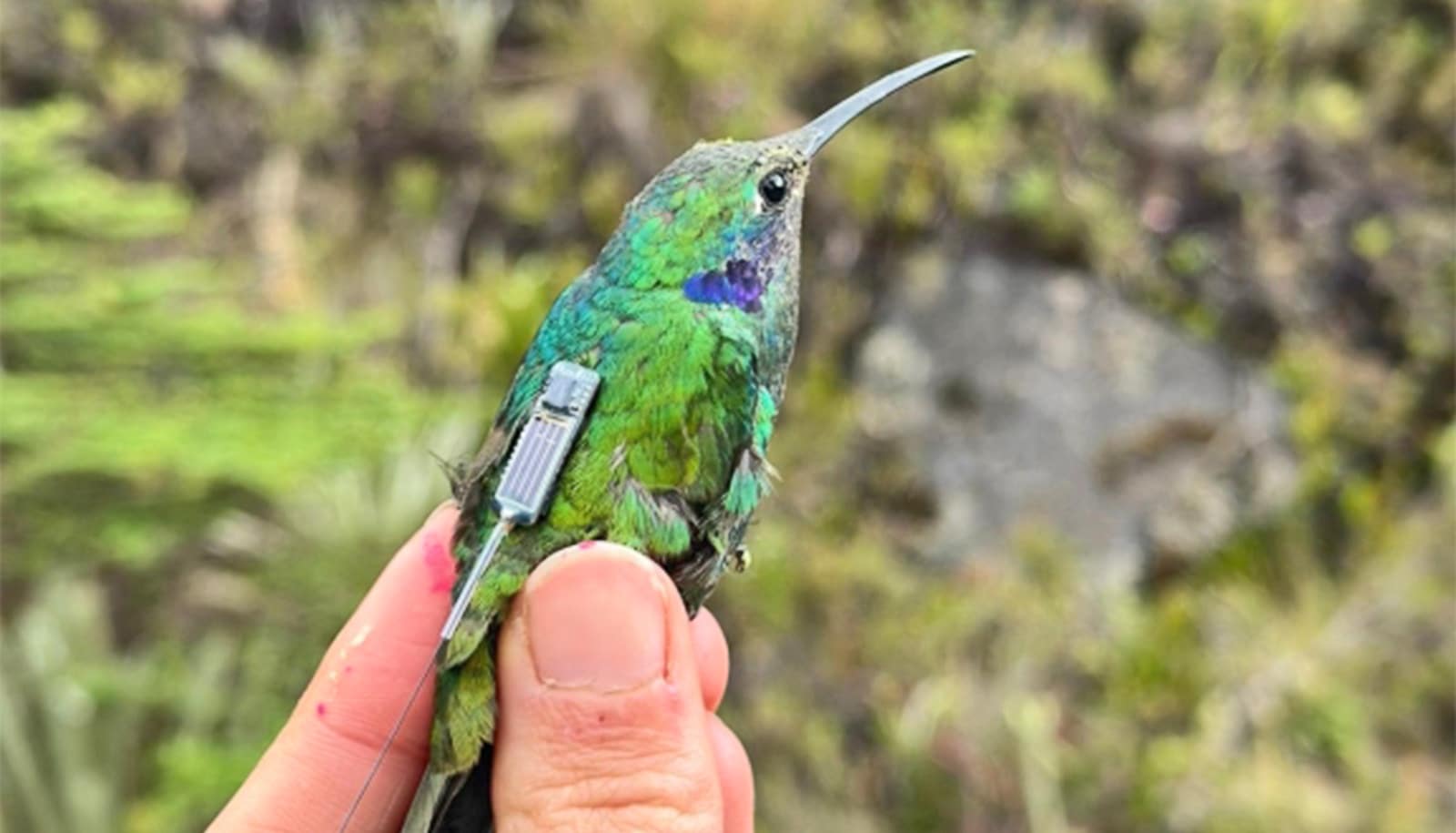Putting land management in the hands of local communities helps the wildlife within, according to new research.
A new paper in the Journal of Wildlife Management demonstrates the positive ecological impacts of a community-based wildlife conservation area in Tanzania.
“Community-based natural resource management has become one of the dominant paradigms of natural resource conservation worldwide,” says study author Derek E. Lee, an associate research professor at Penn State and principal scientist at the Wild Nature Institute.
“This type of strategy transfers the resource management and user rights from central government agencies to local communities. The impact of these projects on wildlife is rarely rigorously assessed, so we compared wildlife densities inside and outside the community conservation area,” Lee explains.
“My data demonstrate that one of the first areas of this type in Tanzania has had positive ecological outcomes in the form of higher wildlife densities and higher giraffe population growth,” says Lee.
Community conservation
In Tanzania, efforts to decentralize wildlife management to local communities occur through the creation of Wildlife Management Areas, whereby several villages set aside land for wildlife conservation in return for a share of tourism revenues from these areas.
Currently, there are 19 Wildlife Management Areas open in Tanzania, encompassing 7 percent (6.2 million hectares) of the country’s land area, with 19 more planned. Tourism in Tanzania generates around $6 billion US dollars annually, which represents about 13 percent of the country’s total gross domestic product, so there is good incentive for villages to participate in these management areas.
“For six years, I studied the Burunge Wildlife Management Area in Tanzania, which was formally established in 2006 and added increased wildlife protections in 2015,” says Lee. He observed higher numbers of wildlife inside the protected area compared to the village lands just outside the area as well as lower densities of livestock, including cattle, sheep, and goats.
Lee also observed higher numbers of wild ungulates—hooved mammals—and lower numbers of livestock in the management area after the increased wildlife protections began.
“This suggests that the specific management activities implemented in 2015 have a positive effect on wildlife within the Burunge Wildlife Management Area,” says Lee. “These include performing anti-poaching activities to protect wildlife, reducing wood cutting, preventing livestock encroachment, and providing training and equipment to village rangers so that they can perform these activities.”
How to save the ocean while protecting local people
The change to management activities also improved survival and population growth of giraffes within the management area. Lee did not observe any change in giraffe demographics outside of the management area in the adjacent Tarangire National Park over the same time period.
Tailoring solutions
This study highlights the usefulness of monitoring wildlife to evaluate specific management strategies as well as the general concept of community-based natural resource management. In particular, locally based monitoring schemes could lead to more sustainable community-based conservation.
“We know from this and previous studies that these management areas can have positive effects on wildlife,” says Lee. “But there have been some social and economic critiques of wildlife management areas.
“For example, there are higher incidences of poverty around protected areas compared to other rural areas. Although it can be challenging for community-based natural resource management to achieve both conservation and human development goals, the concept appears to be the best opportunity for Tanzania to retain its place as one of the most famous and profitable wildlife tourism destinations while also sustainably developing local communities.”
Conservation won’t work without locals on board
The PAMS Foundation, African Wildlife Foundation, Rufford Foundation, Columbus Zoo, Sacramento Zoo, Tierpark Berlin, Living Desert Zoo, Cincinnati Zoo, Tulsa Zoo, Greater Sacramento Chapter of American Association of Zoo Keepers, World Giraffe Foundation, and Save the Giraffes funded the work.
Source: Penn State



